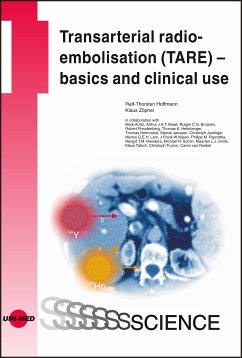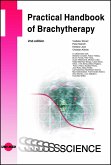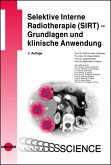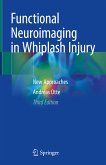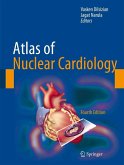Due to the widespread use of radioembolisation not only in Germany but also in Europe this 3rd edition has been published in English to increase the range of coverage of this book. Beside a change of the term from SIRT (selective internal radiation therapy) to TARE (transarterial radioembolisation) in professional literature there were substantial changes during the last five years regarding the indications and frequency of TARE. Precisely because the TARE is still under development regarding indications and material used, the present revised and updated textbook would like to give all oncological colleagues and colleagues interested in TARE, especially the "newcomers", a short, structured overview about this interdisciplinary kind of therapy with a special focus on indications and benefits for treated patients.
Dieser Download kann aus rechtlichen Gründen nur mit Rechnungsadresse in A, B, BG, CY, CZ, D, DK, EW, E, FIN, F, GR, HR, H, IRL, I, LT, L, LR, M, NL, PL, P, R, S, SLO, SK ausgeliefert werden.

